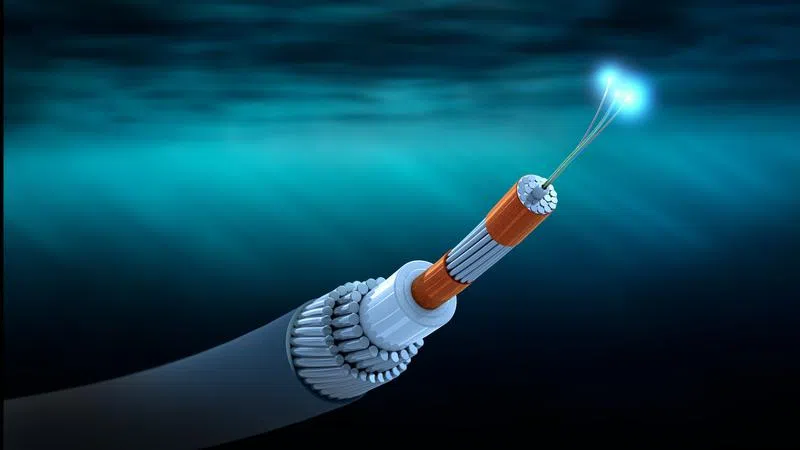
CHARBONNEAU: Look to the sea for the internet, not the clouds
OUR CONNECTION TO THE INTERNET seems so ethereal – it’s as though data materializes out of thin air. This illusion is a result of the final hop of our connection to the internet.
I find the illusion compelling, especially when it comes to travel outside of Canada. Before the internet was readily available, I would travel with a short wave radio and string up an antenna to get news over the airwaves from home.
Now my computer substitutes for my short wave radio and the internet substitutes for the airwaves. I listen to thousands of radio stations around the world on my computer with no fading in and out. It’s easy to think of the internet as a medium of the air.
The notion of our data being in the “cloud” furthers that illusion. But, in fact, the cloud couldn’t be more grounded. The servers that provide data storage exist in concrete bunkers around the world. One of them is on Bunker Road in Kamloops. It’s owned by Q9, a Canadian company running data centres across the country.


